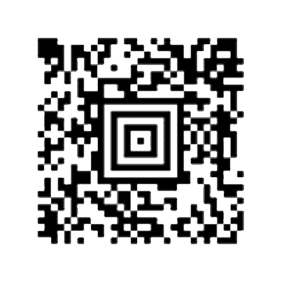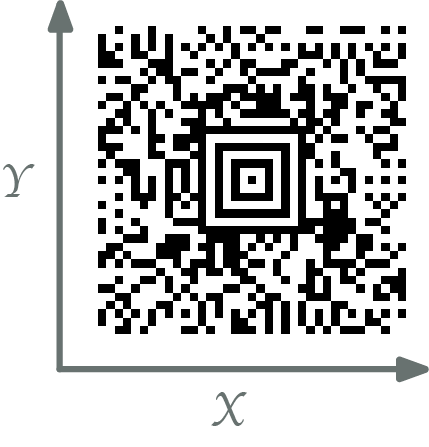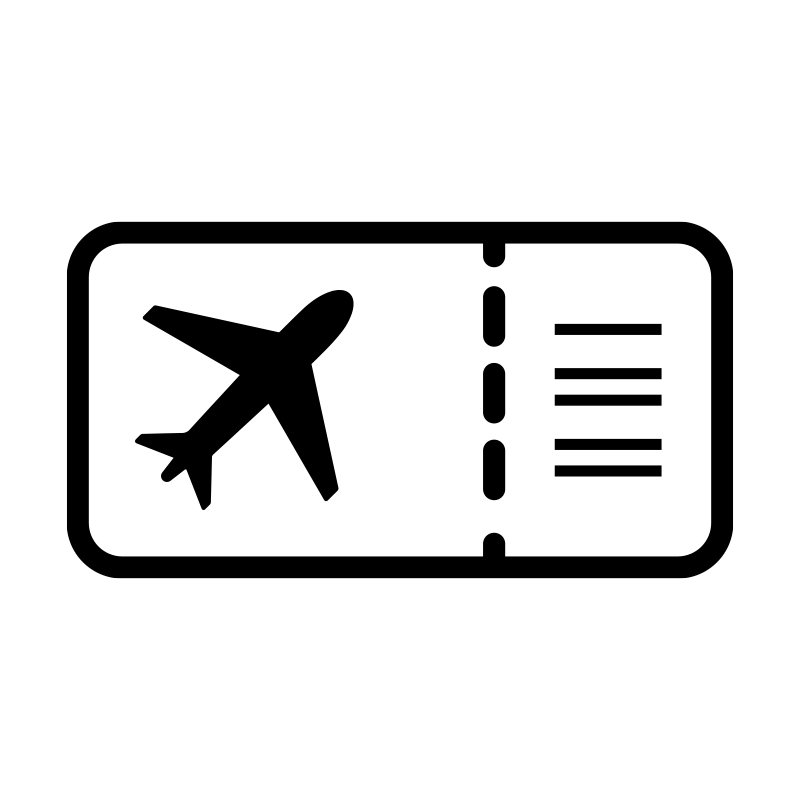Aztec Barcodes
Aztec Barcode
The Aztec barcode was developed in 1995 by Andrew Longacre, Jr. and Robert Hussey. Its name is derived from the similarity of the barcode’s central “finder” pattern to square, multi-stepped Aztec pyramids. While it was originally patented by Longacre and Hussey, the patent was made public domain in 2008 and is now registered as ISO/IEC 24778:2008 which defines the requirements for developing both the barcode itself and devices capable of reading this barcode.
The Aztec barcode is classified as “2D,” meaning information is encoded across two dimensions — horizontal and vertical. Because of its unique central pattern, the Aztec barcode type is often smaller than similar 2D barcodes because it doesn’t require a “quiet zone” of white space before the black barcode data begins.
Encoding Aztec barcodes requires six steps:
- Converting source message data to a string of bits.
- Calculating the needed symbol and barcode size which in turn determines the Reed-Solomon codeword values.
- Bit-stuffing the message using Reed-Solomon codewords.
- Creating a codeword boundary.
- Applying check codewords for verification.
- Distributing the message in a spiral pattern around the core.

Format
There are three primary Aztec barcode formats:
- Full — The full Aztec barcode contains 40 symbols and supports 19×19 to 151×151 modules. Its total text capacity is 15 – 3067, its numeric capacity is 18 – 3832, and its binary (8 bit) capacity is 8 – 1914.
- Compact — Compact Aztec barcodes contain 4 symbols for 15×15 to 27×27 modules. It has a total text capacity of 12 – 89, numeric capacity of 13 – 110, and binary capacity of 6 -13.
- Rune — Rune is the smallest Aztec format, only capable of encoding values 000 – 255. It contains 256 symbols and 11×11 modules with a text and binary capacity of 0. It has a numeric capacity of 3.

Common Use Cases
Aztec barcodes are often used by transportation companies and agencies. It was selected as the IATA’s BCBP standard for airline boarding passes, with some airlines now sending 2D barcodes directly to passenger mobile devices to act as digital boarding passes. The code is also used by railway companies across the globe.
In Poland, Aztec barcodes are used for automobile registration, while in Russia they’re used for tax payment notifications, and in Canada, many companies are using Aztec barcodes on customer bills for cable and phone services.
